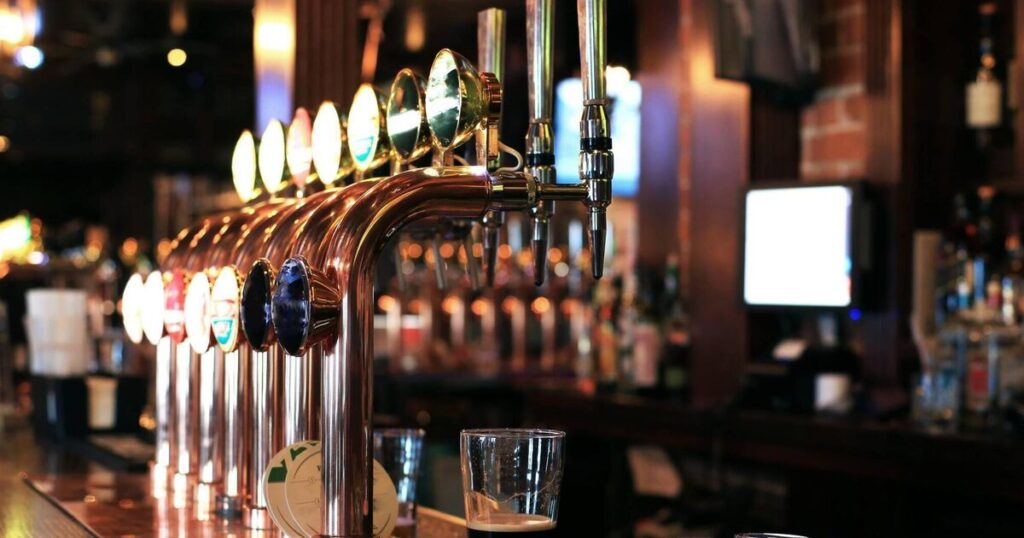Alcohol consumption in Ireland experienced a significant decline last year, falling by 4.5%, according to a report by the Drinks Industry Group of Ireland (DIGI). DIGI is advocating for reductions in excise duties as a result.
The industry group argues that the data demonstrates Irish alcohol consumption is now comparable to the European average, yet excise rates remain the second highest on the continent.
Economist Anthony Foley’s report indicates that the average Irish adult consumed 9.5 liters of pure alcohol last year, a decrease from 9.9 liters in 2023. All four major alcohol categories – beer, spirits, wine, and cider – saw volume declines in 2024. When compared to a group of 16 European nations, Ireland’s average consumption was lower than nine and higher than seven.
“Ireland is no longer an outlier in terms of high average levels of alcohol consumption as measured by the methodology used for that indicator,” the report states.
The report emphasizes the evolving trends in alcohol consumption.
Donall O’Keefe, Secretary of DIGI and CEO of the Licensed Vintners Association, stated that the report highlights a growing trend of restrained drinking among Irish people, with consumption continuing its downward trajectory since the start of the millennium.
“This downward trend also raises the obvious question as to why Ireland continues to have the second-highest excise rates on alcohol in Europe,” he said.
“Given that we now consume alcohol at average European levels it makes sense that we should pay excise at average European levels also. This is particularly true following the introduction of minimum unit pricing which prevents the sale of strong alcohol at low prices in supermarkets and shops.
“In contrast to the negative stereotypes that once existed, alcohol consumption in Ireland is now at average European levels, with the purchase of non-alcoholic drinks continuing to increase.
“Across Ireland, hundreds of small rural pubs and restaurants are struggling for survival due to repeated increases in the cost of doing business, including staff, energy and insurance. A cut in excise would offer these businesses an opportunity to continue acting as vital hubs in their communities, as well as a crucial part of our tourism product.
“DIGI will be seeking a 10% cut in excise in this year’s budget as an urgent measure to give these businesses a fighting chance of survival,” Mr O’Keefe said.
Last week, drinks giant Diageo reported that bar sales of non-alcoholic Guinness 0.0 grew 27% in the last year, with the non-alcoholic version projected to make up 12% of total stout production at the Dublin brewery next year. The product has experienced a significant 161% increase in yearly volume in on-trade sales between June 2022 and March 2025. Other breweries are reporting similar growth in non-alcoholic versions of their beers.
The shift in drinking patterns is further confirmed by other data.
In March, the Central Statistics Office (CSO) reported that the volume of sales in bars had fallen by 10% over the previous year.
Vintners’ Federation of Ireland chief executive Pat Crotty said the CSO figures support anecdotal evidence from publicans around the country that drink sales have fallen in the region of 9% over the past year.
“This comes on the back of rising costs, with the likes of rates, water charges, and labour costs all surging way ahead of inflation,” he said.
“Publicans are now facing a perfect storm of rising costs and falling turnover, which is not sustainable if the pub trade is to survive over the long term.
“It should be noted that most cost increases come from the Government, so we need to see meaningful supports that will make a difference to the average publican struggling to attract customers through the door.”


